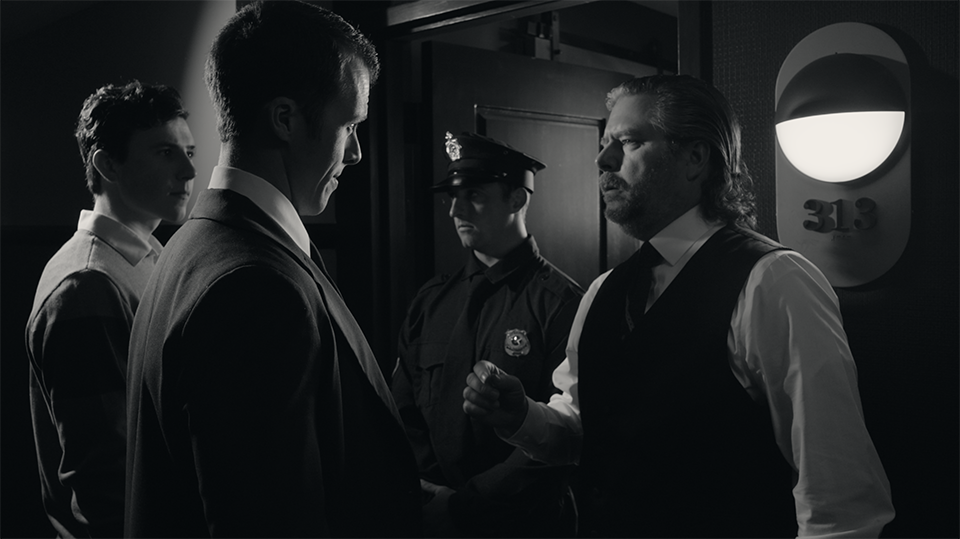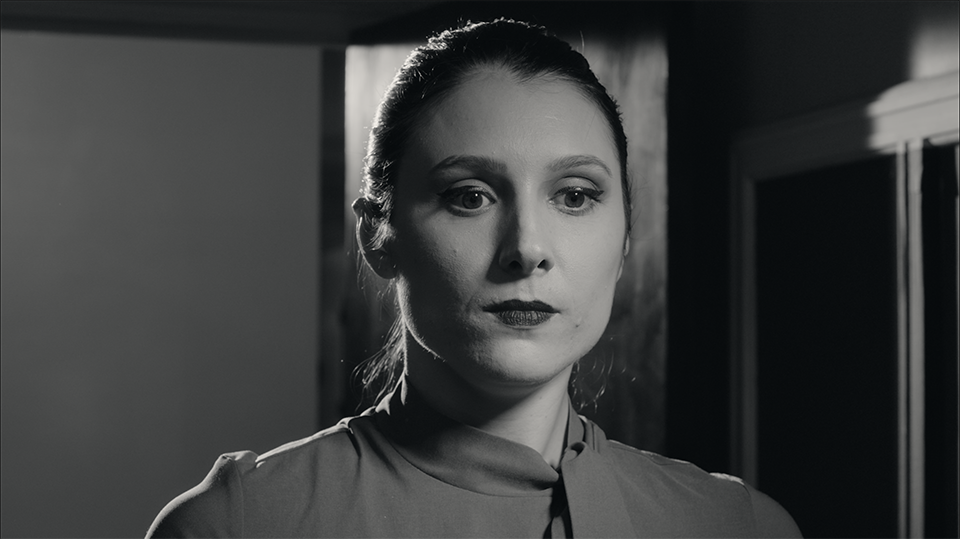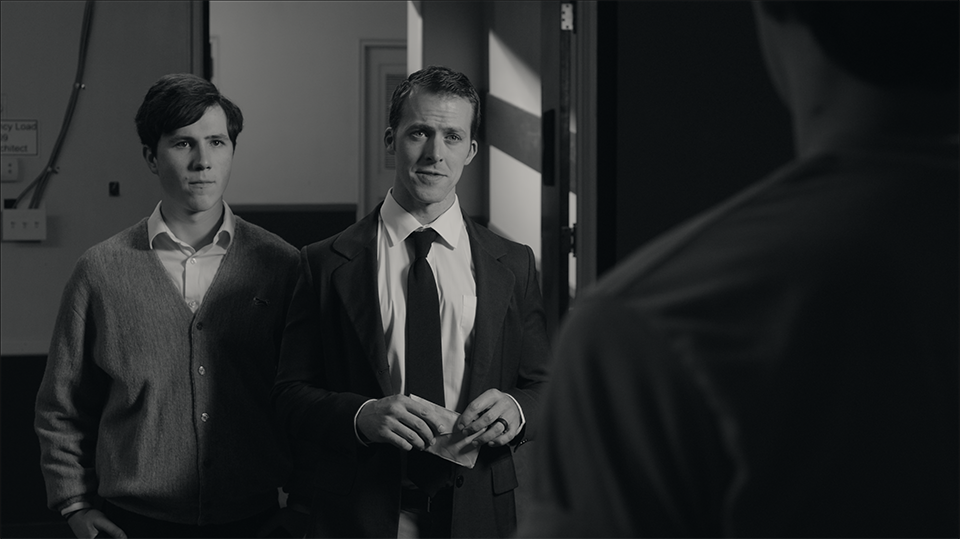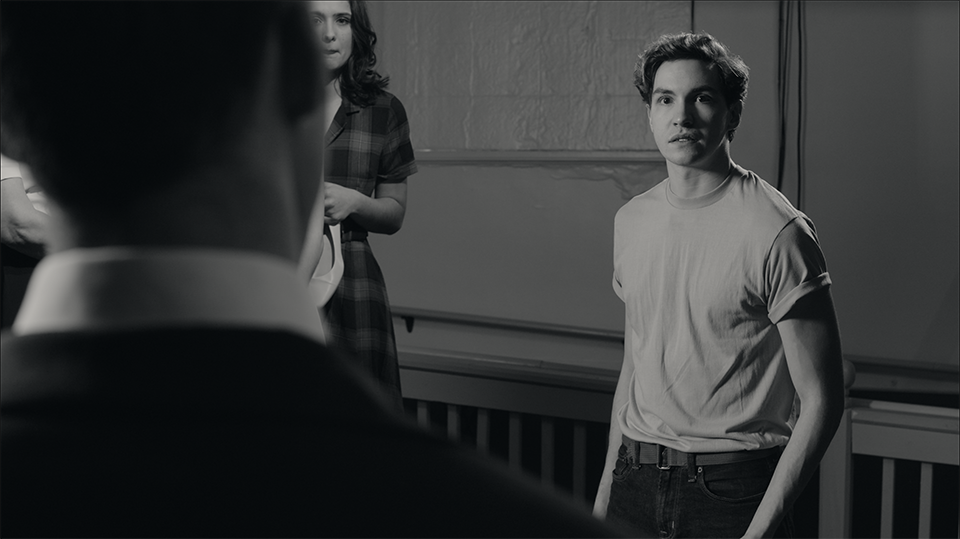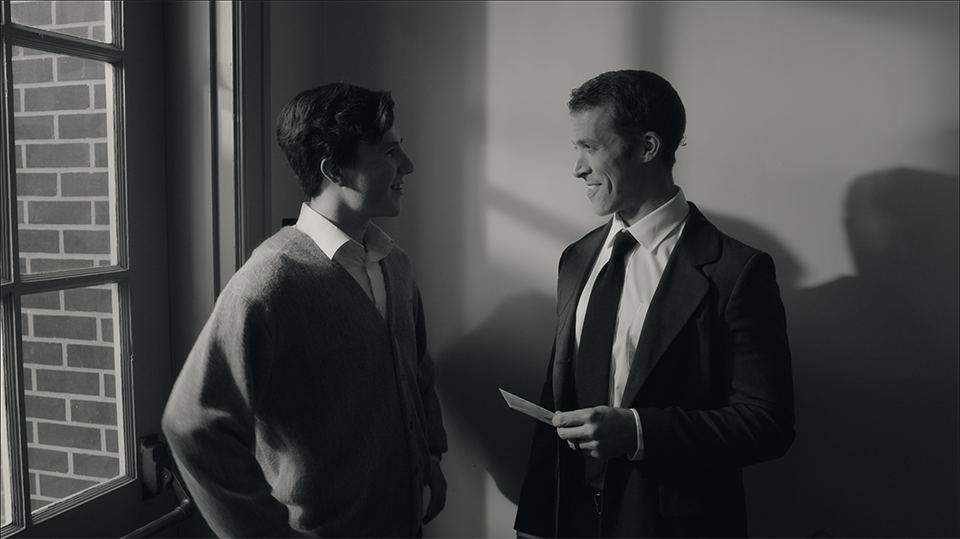
My Approach to Camera Work:
No Way To Tomorrow
A short crime thriller in the style of classic crime noire films

When Terrance Smith (writer and director) first told me he was considering shooting his next short in black & white, I was stoked. The script was inspired by the classic detective oriented noir crime thrillers that we're all familiar with in one form or another.
My first question was: "do you want this to be a modern homage to the classics, or do you want this to feel as though it could have been shot in the 1950s?" His answer was the latter.
While I absolutely love working with black and white film, I knew capturing this short on analogue film wasn't really an option. So I got to work building the look digitally.
Finding the Look
First thing was to make sure the director and I were on the same page. "Classic black and white" can look like many different things, and I wanted to make sure our ideas for the aesthetics were locked in and not a surprise when he first looked at the monitor on set.
I threw together a quick lookbook with examples from famous films over different eras, I identified elements and different approaches we would need to take to accomplish each look and what some benefits or drawbacks could be. Here is a sample of that lookbook:
The Response
Prior to providing and discussing this lookbook, most of the director's requests fell more in line with the style and approach of Casablanca. After reviewing this lookbook, he whole heartedly wanted to embrace an aesthetic that blended the best of Eyes Without a Face and The Killing.
The Production
While I could ramble on about the what's and how's of film vs digital, breaking down the contrast and looks of film stocks, and different lighting techniques, the important thing was I knew we needed to commit to the director's vision and embrace the aesthetic as much as possible. I created a black and white look that we monitored on set and ensured his editor was setup with appropriate transcodes for post production. I leveraged my knowledge of older filming techniques and how to emulate them with more modern gear.
Here are a few examples of how it turned out:
How It Turned Out
Conclusion
When I am brought on to be a director-of-photography, I see myself as a collaborator not only help to bring the director's vision to life, but to dig deep into the themes of the project, to show possibilities, and to share my expertise on subjects and fields that might provide value to the project. I never want to take control of the wheel, only show you what the car is capable of doing.
I was happy to find that the director appreciated my approach and was already pitching his next few projects to me before we wrapped this one.










